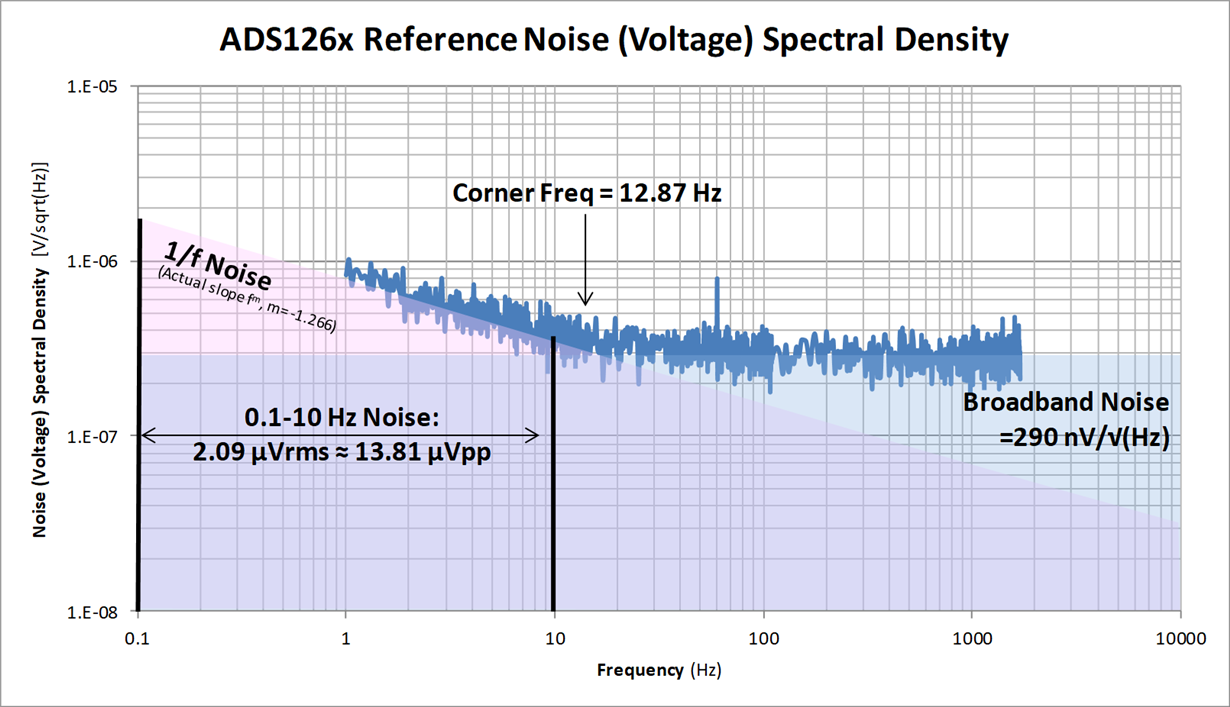Other Parts Discussed in Thread: ADS1256, ADS124S08
Hello. I use ads1262 to measure +-2 volt in bipolar mode, CS and START(for start conversion use START1 command) connected always GND, DRDY to MCU interrput. ADC clock modes external crystal 7.3728 MHz. SPI isolation adum1402A.Configuration SPI - clock 750 Kb/s (PCLK2 24 MHz, SPI prescaler 32), CPOL 0 CPHA 1, MSB first. MCU stm32f100c8t. I have problem to read or write configuration register. Read conversion result have not tried it yet. Almost no response to commands or wrong data, sometimes the data is correct. How to solve this?
SPI signal clean, antiring resistor 22 ohm, pcb tracke short.



